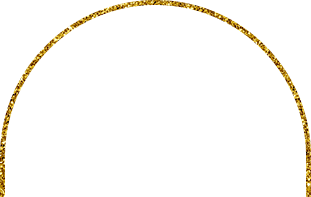Alright, honey’s natural wonders are truly remarkable, and your concerns about purity aren’t misplaced. With the market flooded with many fake honeys, it’s wise to be cautious. The water test you mentioned is a popular method, indeed, and while it can offer a hint, it’s not foolproof. Pure honey generally does sink and stay together, but keep in mind that temperature and honey’s natural viscosity may affect this test. Some honeys, due to varying nectar sources, might be naturally more liquid, causing exceptions to this rule.
Now, about the flame test – it’s pretty interesting. If honey is pure, it should ignite because it doesn’t contain moisture that normally douses flame. But still, raw honey sometimes contains bits of wax or pollen that can affect its ability to burn cleanly. Remember, safety first! Handle flames carefully to avoid mishaps.
Vinegar and iodine tests sound scientific, and they can reveal adulterants like starch and added syrups. But keep in mind, these are just indicative, not absolute. Natural variations in honey sometimes lead to unexpected results—like vinegar foaming due to natural fermentation or iodine showing false positives.
Crystallization, though, is a pretty solid sign. Most pure honeys crystallize over time, yet there are always those rare honeys that resist it due to their specific floral source, like acacia honey. Yep, honey from certain regions or flowers might have unique crystallization behaviors.
Now, let’s talk labels! Terms like “organic” or “raw” don’t always ensure purity. While they can indicate minimal processing, it’s wise to dig deeper into the source. Often, purchasing from local beekeepers gives you a clearer idea about the honey’s provenance. Lab tests and certifications from trusted bodies like FSSAI or Certified Humane can provide additional assurance, but they don’t come cheap.
Trust your senses too – the aroma and taste of original honey are distinctive. It’s sorta like art, the more you experience it, the better your instinct. So, trust your nose and intuition when it comes to that golden goodness!







